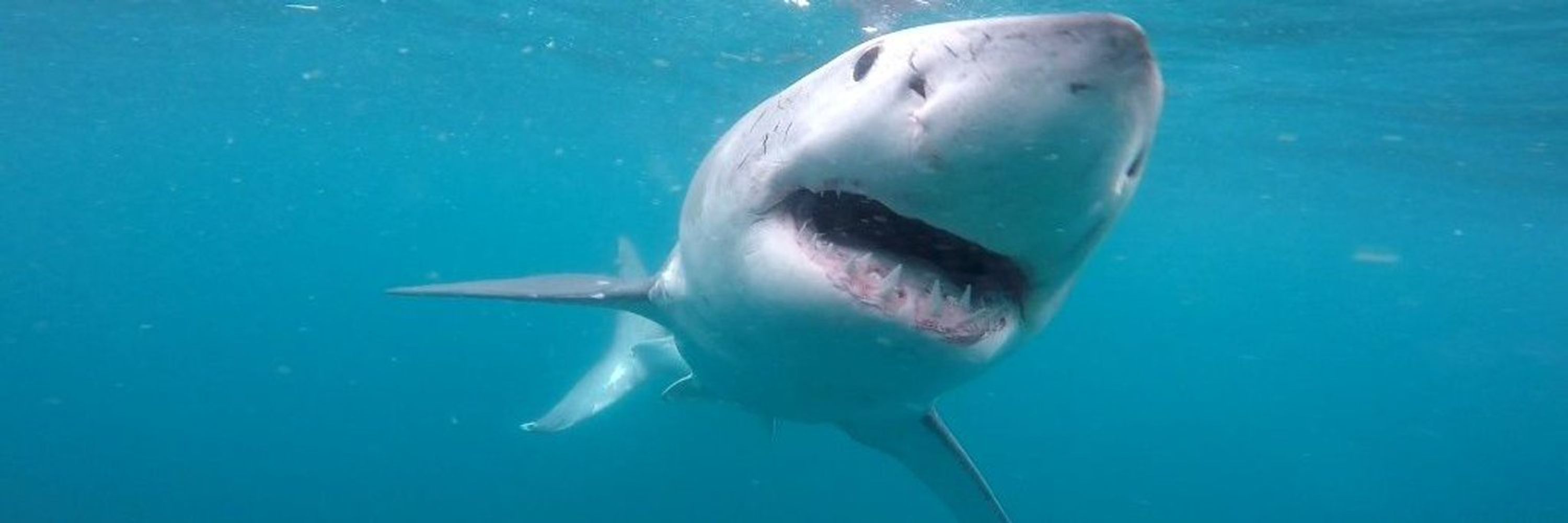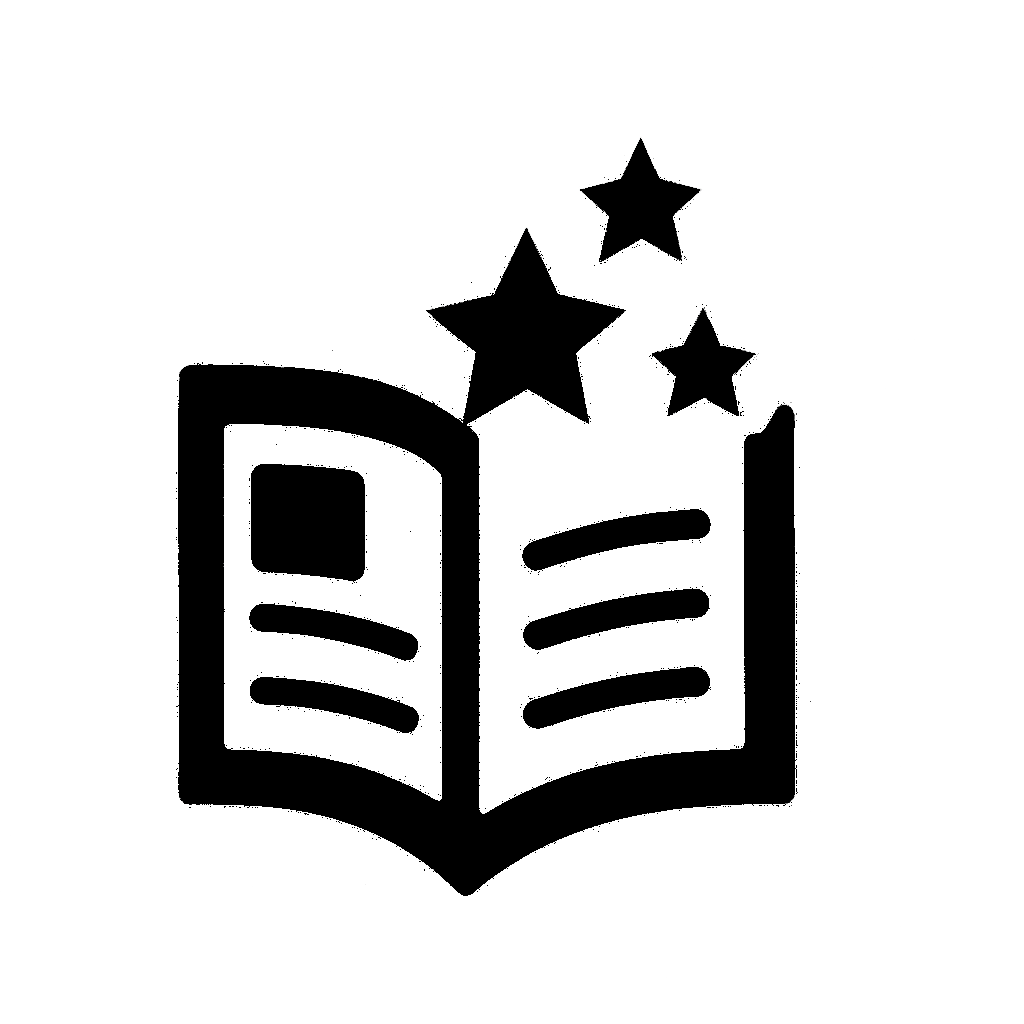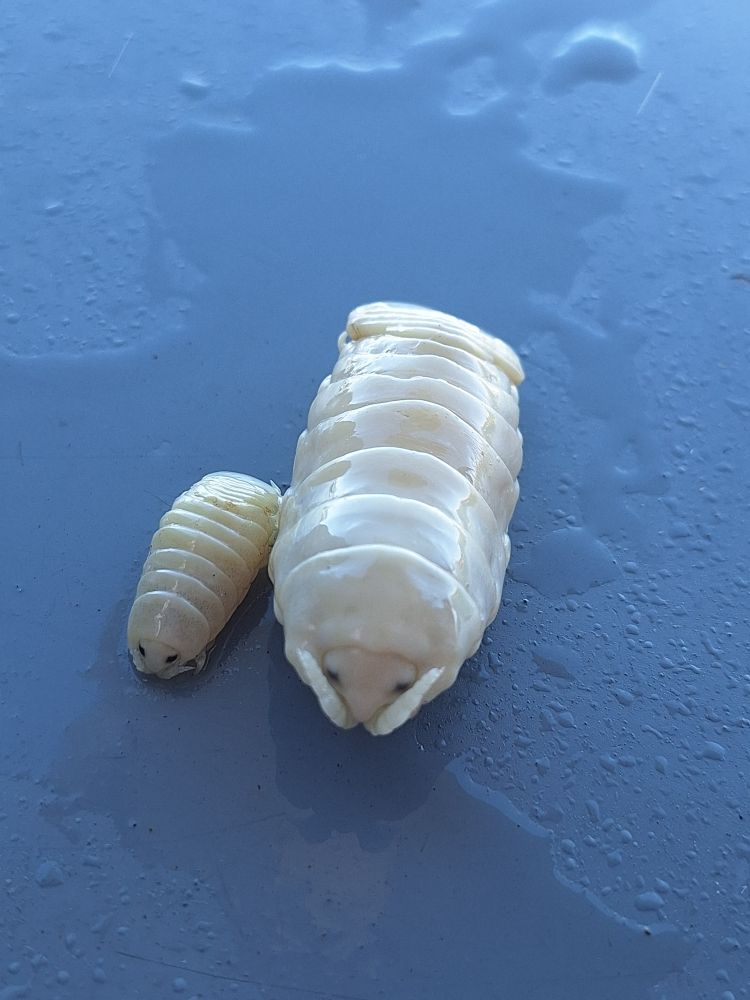
Oceans Research Institute
@oceansresearch.bsky.social
180 followers
2 following
460 posts
Oceans Research provides innovative & dynamic research relevant to the management & conservation of Southern Africa's sharks & marine mammals.
Posts
Media
Videos
Starter Packs











